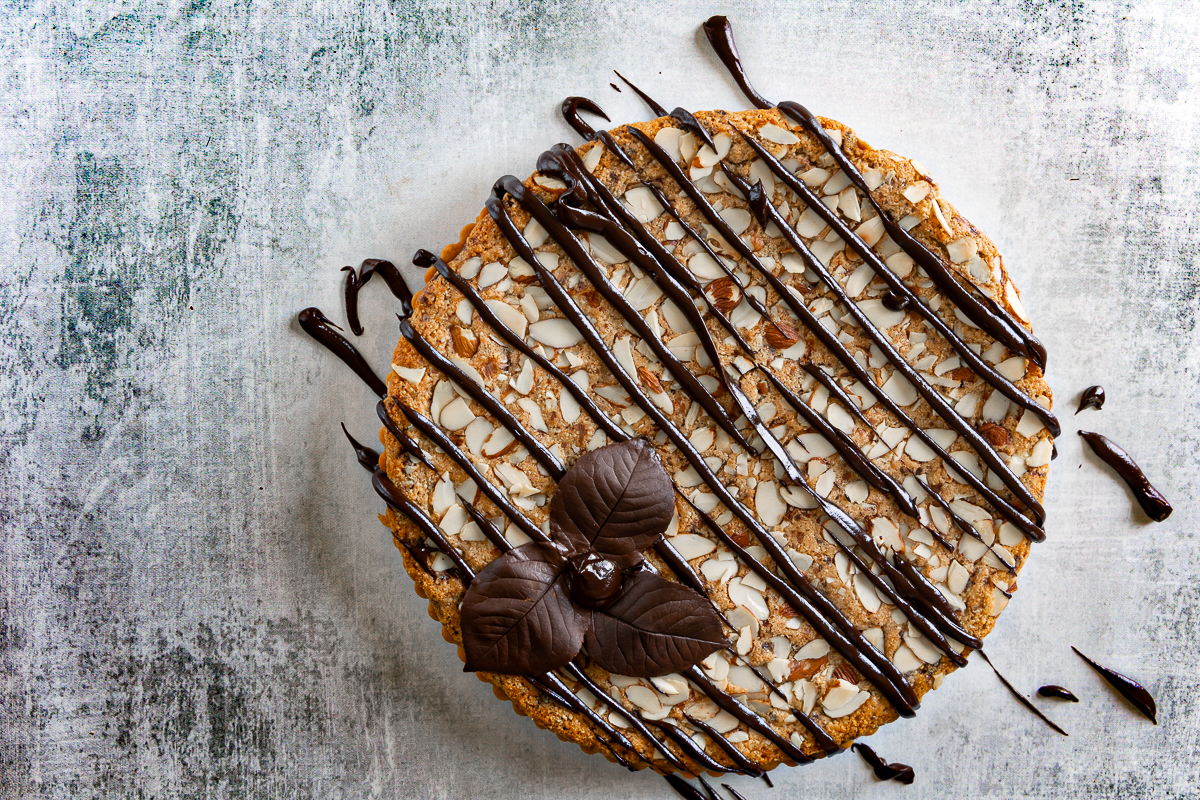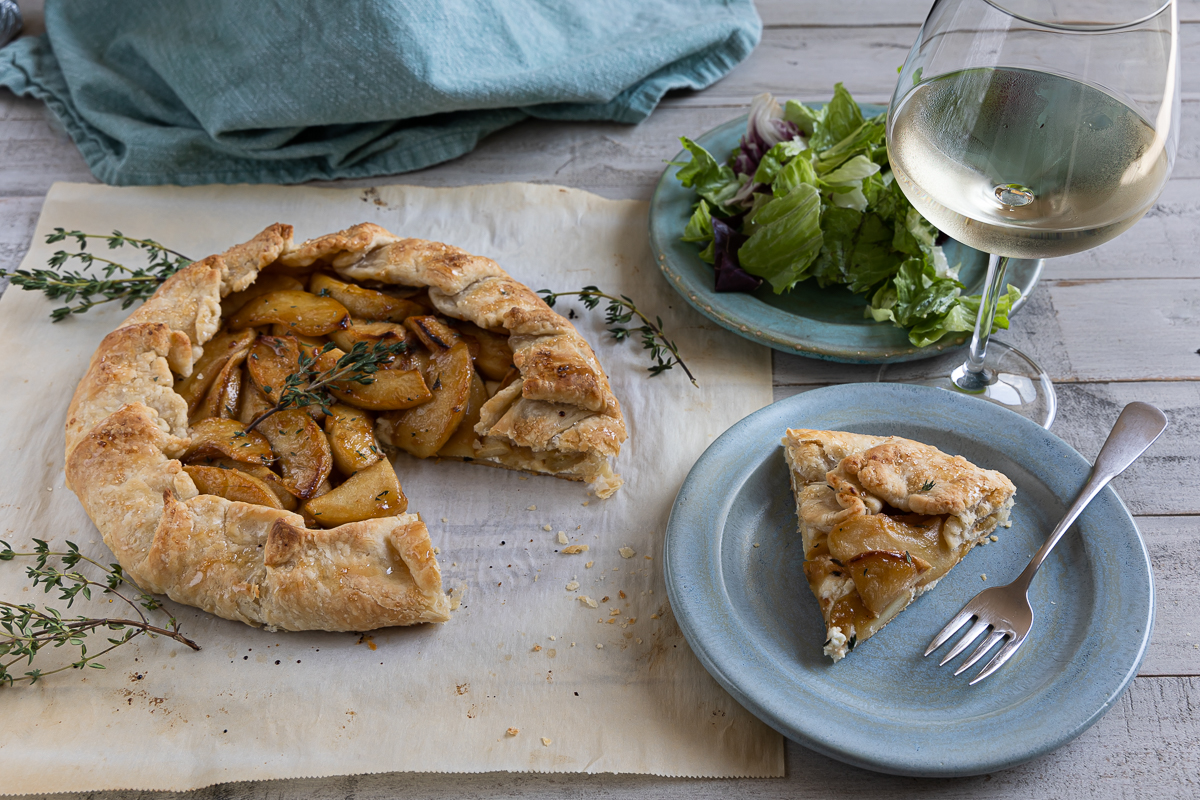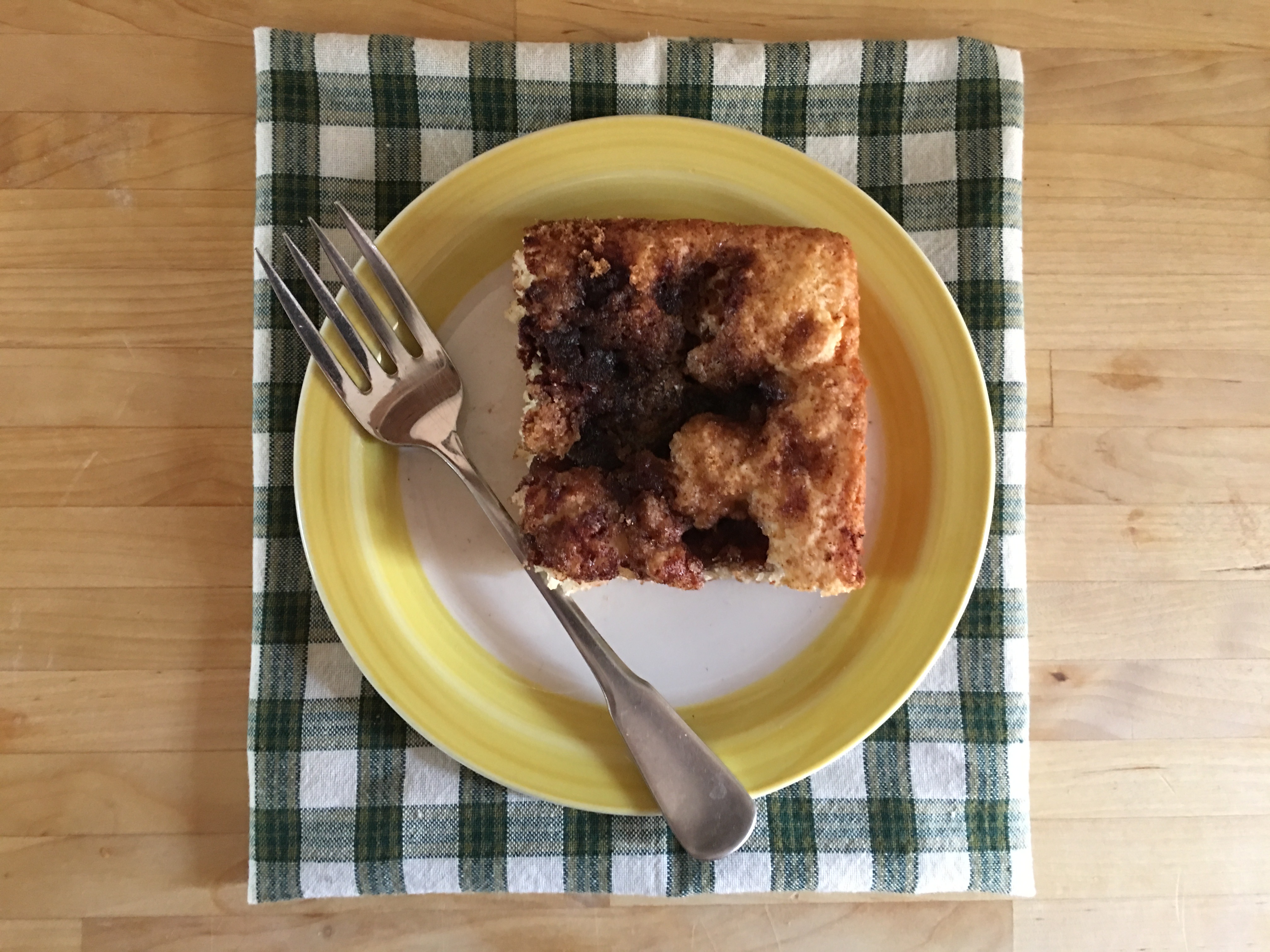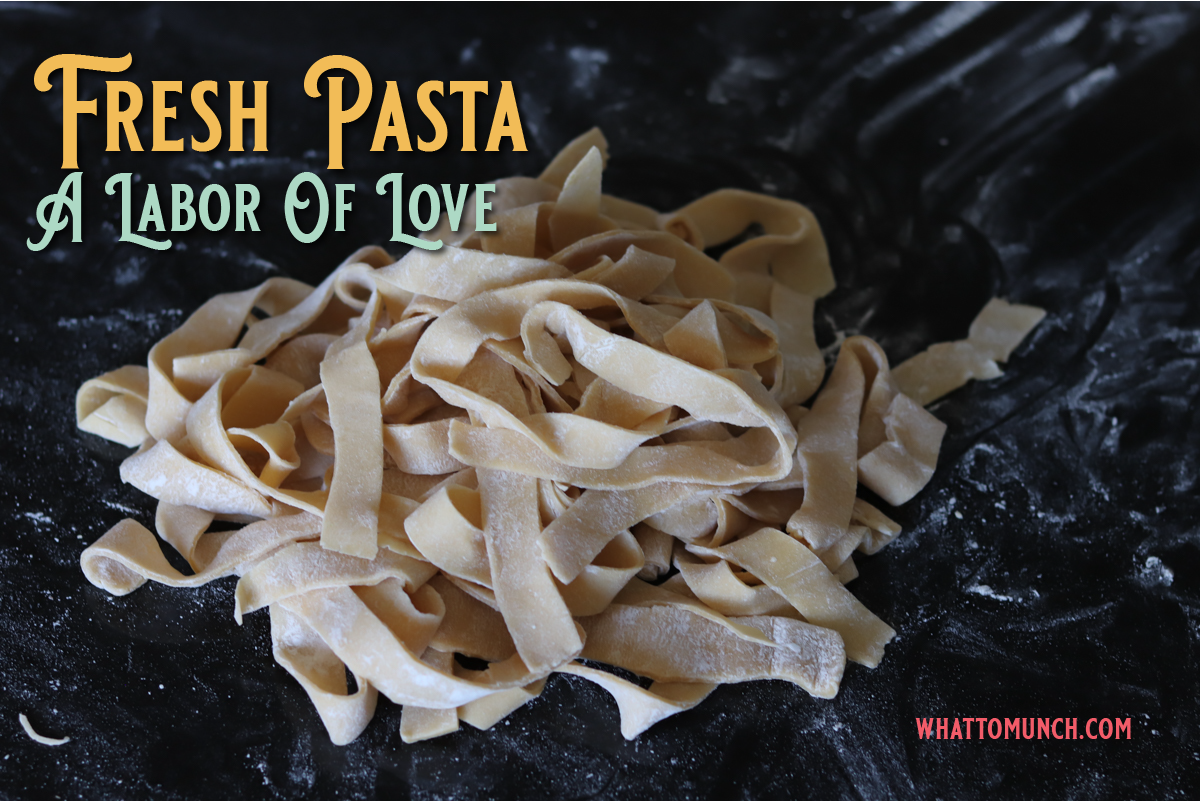Making fresh pasta dough is a labor of love. I find making fresh pasta extremely rewarding. It can be fun too. Though fresh pasta really doesn’t take a massive amount of effort, it can be a bit messy. However, fresh pasta for some recipes really makes a huge difference. I posted a recipe based on Jamie Oliver’s Jamie’s Italy (still one of my favorite cookbooks) several years ago. It still is a great recipe, but the amounts are a bit large for some recipes. So I decided to play around and come up with a new version.

During this pandemic, we all seem to have a bunch of time, and Netflix has been a huge portion of our quarantine existence. I finally had time to sit down and catch up on the vast cooking shows that Netflix offers. There is an incredible amount of variety. If you haven’t seen The Taco Chronicles and you like Mexican food, you are missing out!

Friends kept telling me to watch Salt, Fat, Acid, Heat. I finally sat down and watched it. Why did I wait so long!? It’s a great series (there are only 4 episodes) full of excellent information on cooking and the interrelationships of the four cooking elements. I highly recommend it. Salt, Fat, Acid, Heat is based on the James Beard award-winning book by Samin Nosrat. I liked the series so much I even bought the book to add to my library.

One of the parts of the series is filmed in Italy. There she revisits places she had lived and learned about Italian cooking, including making fresh pasta. One of the reasons I bought the book was to see her version of fresh pasta that, in the series, they talked about using part bread flour. The sheets were rolled out very thinly using the pasta rolled over itself to roll it out thinner with less effort. I was excited to see the recipe in the book. To my dismay, there is no fresh pasta recipe…grr. Don’t get me wrong. This book is fantastic, and I eagerly want to try out a bunch of the recipes, especially the Persian rice. But it is missing the recipe I was looking for.

I decided right there. I had to just come up with my own version of what I learned from the Netflix show. I think I have come up with a great version that is very versatile and fantastic. Pouring flour onto a clean work surface, making a well, and beating the eggs right into the flour on the counter is actually very satisfying and fun. Using this traditional method can be uncomfortable for some who always want to have their counters spotless. Several people, including a few in my family, would probably get itchy skin from thinking about dirtying their pristine counters…lol. But this is not the post for them!

The method of rolling the pasta out and curling it around the rolling pin so that you are rolling out several layers at a time actually works great. Make sure you have enough flour on the surface, so the dough layers don’t stick. This fresh pasta dough is fantastic for many things, such as lasagna, like this rustic version I posted a while back and this incredible mushroom pasta dish I’m posting next week!


- 1 ½ cups of all-purpose flour
- 1 ½ cups bread flour
- ½ teaspoon salt
- 5 large eggs
-
On a clean work surface or a large bowl make a large mound of the flours.
-
Make a deep well in the mounded flour and crack the eggs into the well.
-
Sprinkle the salt over the eggs.
-
Using a fork beat the eggs until well beaten. Slowly incorporate into the flour in ever-increasing circles. Eventually, you will get a fairly stiff dough. Don't worry if you can't get every bit of flour incorporated, it will come together when you knead it. (If using a bowl, dump out the dough and any remaining bits of flour onto the clean work surface.)
-
Knead the dough on the work surface for several minutes until you get a smooth ball of dough, somewhere in the 5-minute area. You may have to work at it to get it to the smooth stage. The dough will be much stiffer than bread dough, and it doesn't have to be perfectly smooth, but it will have come together nicely.
-
Flatten the dough out to form a disk and wrap with plastic wrap.
-
Let sit for 30 minutes to an hour.
-
To roll out by hand
-
On a clean floured surface, roll the dough into a rectangle sheet as thin as possible. One way to get it so thin is to roll the dough up onto your rolling pin and rocking it back and forth to roll out several layers at once. Make sure there is enough flour on the sheet of pasta to keep the layers from sticking together. It will take some muscle, but don't fret it. It will get so thin you can almost see your hand through it.
-
When the pasta sheet is thin enough, flour the sheet on both sides with enough flour to keep the sheet from sticking together as you roll it up.
-
Roll the pasta sheet up into a long tight cylinder.
-
Using a sharp knife slice thin or thick slices depending on if you want thick or thin noodles. Unroll the slices and keep in small mounds of cut pasta coated in flour until ready to cook.
-
To use a pasta machine.
-
Set up your pasta machine or pasta machine attachment for a mixer on a clean work surface large enough to spread out the rolled sheets of pasta. Or have a large work surface nearby such as a table.
-
Set your pasta machine (both powered and manual) to the lowest setting, usually #1.
-
Flatten the disk of pasta dough as much as you can by hand into a longish oval less than the rollers' width.
-
Pass the dough through the rollers catching the rolled sheet with your hand on the other side. Double up the dough lengthwise and pass through the rollers again.
-
Repeat several times until the dough becomes smooth, with the edges being the width of the rollers, usually 2 to 3 more times. You can, at any point, fold the dough in half crosswise to achieve smoother edges and just continue to roll until the dough rolls out to the right width.
-
Change the roller settings to #2. Send the dough through the rollers, doubling up the dough lengthwise each time. You will need to only send the dough through #2 a couple of times.
-
Continue to setting #3. Again roll twice.
-
Set the rollers to #4 and roll out once or twice if you need to get the dough's edges less ragged. At this point, the dough can be cut in lengths for lasagna or filled pasta. It can be rolled thinner or cut at this thickness by passing through the cutter attachments for other pasta.









One thought on “Fresh Pasta Dough a Labor of Love”
Comments are closed.